People across the country observed a rare solar eclipse on Monday with a path of totality, which provides the maximum viewing experience, spanning over 15 states.
Most of Minnesota observed a partial eclipse, with about 75% of the sun covered by the moon, according to MPR News. Other areas in the Midwest, such as Ohio and Indiana, were in the path of totality with all of the sun covered.
NASA’s definition of a solar eclipse is “when the Moon gets in the way of the Sun’s light and casts its shadow on Earth.” This phenomenon left specific regions on the eclipse’s path of totality dark for a few minutes, according to NASA.
Despite only a partial eclipse in Minnesota, some students at the University of Minnesota had plans to watch it.
Meg Chyna, a second-year astrophysics student and the outreach coordinator for the Astronomy Club, a student organization centered on astronomy, said the eclipse is cool regardless of its totality.
“Even seeing a partial eclipse is rare since it happens infrequently,” Chyna said. “I want to emphasize that, ‘Hey, this cool thing is happening,’ and not that it ‘could be cooler.’”
Chyna said the Astronomy Club hosted an event at the Tate Hall Observatory where students, faculty and members of the public had the opportunity to learn about and view the eclipse.
She said this event received funding from a NASA partner program she is also a member of. The program’s goal is to reach out to underfunded astronomy groups with resources to assist with their events.
“They sent a lot of eclipse glasses and a variety of teaching materials,” Chyna said. “They sent a bunch of foam balls so I can create a model demonstrating how the eclipse works for those who might not be quite familiar with it.”
Despite cloudy conditions, Chyna said they viewed the eclipse from the observatory.
While some students observed the eclipse from home or on campus, other students — such as the University’s Stratospheric Ballooning Team — traveled to Indiana to view the eclipse from the stratosphere, or the second layer of the Earth’s atmosphere.
James Flaten, an aerospace engineering professor who oversees the team, said the team made balloon boxes with sensors and cameras allowing the team to view videos of the eclipse from space.
“We have a student who is responsible for running the ground station that will pick up the video stream from the balloon,” Flaten said. “He’s going to try to actually get stuff on the internet in real-time while the thing is flying.”
Jesse Cook, a third-year aerospace engineering student who is part of the team, is the student responsible for the ground station. It consists of a satellite dish controlled by a joystick, which will broadcast the eclipse.
“If we can keep it pointed at the payload while it’s flying, we can get the video in real-time,” Cook said.
The idea to watch the eclipse in this way was originally spearheaded by a team from Montana State University, which used similar technology to broadcast the 2017 eclipse, according to Cook. He added that ballooning is a collaborative effort between several other universities.
“Montana is the one that’s circulating a lot of information and leading a lot of lessons,” Cook said. “A lot of teams are new to ballooning, so we all help each other out, collaborate [and] make sure we have the resources we need to succeed.”
The team will create a website to upload their eclipse footage for people to view, according to Flaten. He added that the project is funded through several NASA educational channels which aim to get people interested in the work they are doing.
“Doing this with 36 teams from Texas all the way to Maine, we will have more coverage than has ever been collected before,” Flaten said.
Flaten said he has been ballooning and providing knowledge about spacecraft to others since 2007.
“We will see the eclipse, even if the weather is not great,” Flaten said. “In the payload boxes, we’re making measurements of the environment and understanding how the environment changes when the sun gets eclipsed.”
Ashton Posey, a fourth-year aerospace engineering student on the team, said he works on researching how to get technology to work in the atmosphere.
“I do the research into coding this flight hardware together and making sure that it all works,” Posey said. “I’m super excited to go to Indiana not only for the eclipse but for the general project that’s happening on the whole path of totality.”
The team’s data will be analyzed by a graduate student team from Montana and will be used to study disturbances in the Earth’s upper atmosphere, Posey said.
“There’s an engineering side and a science side,” Posey said. “On the engineering side, we build hardware that we want to fly up and then maybe do some investigation or see a pretty video. The science side is going out to these locations and launching balloons.”
Solar eclipses are rare, and NASA said the next time the U.S. will experience a solar eclipse will be on Aug. 12, 2045. Minnesota will not be in its path of totality, but people in the state will be able to view the partial eclipse.



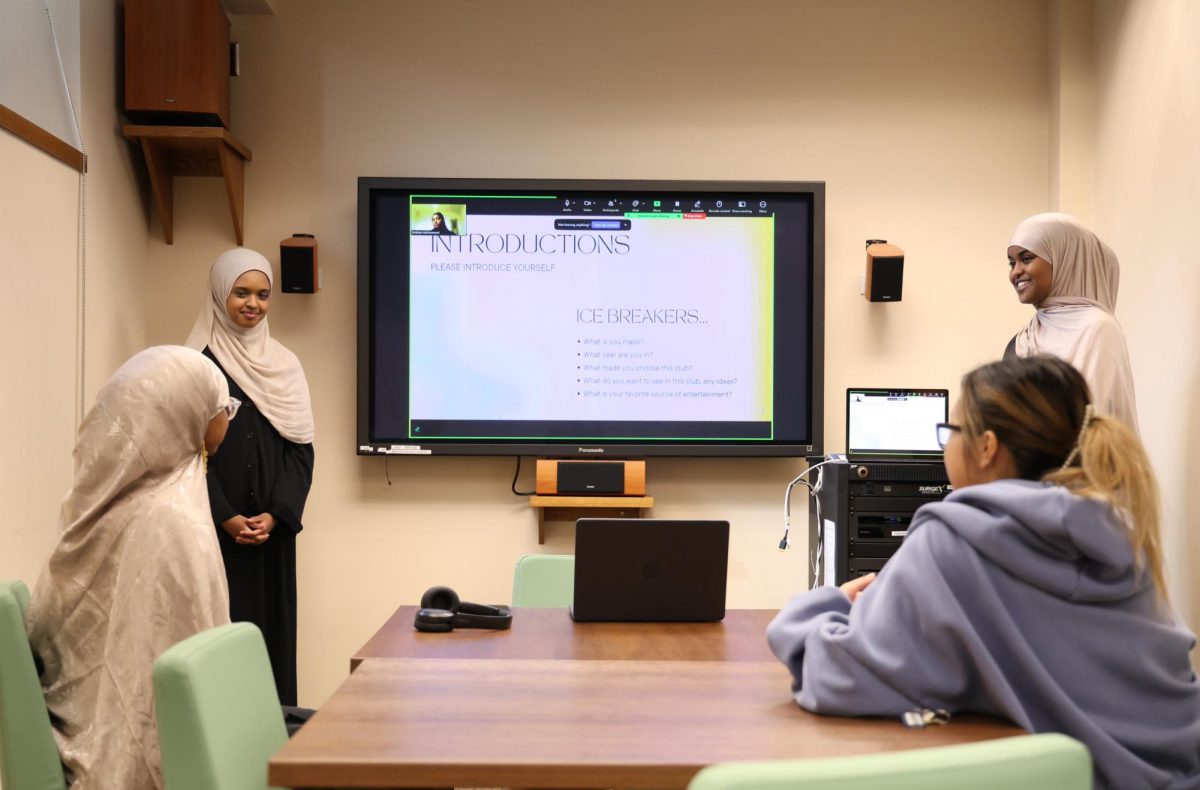
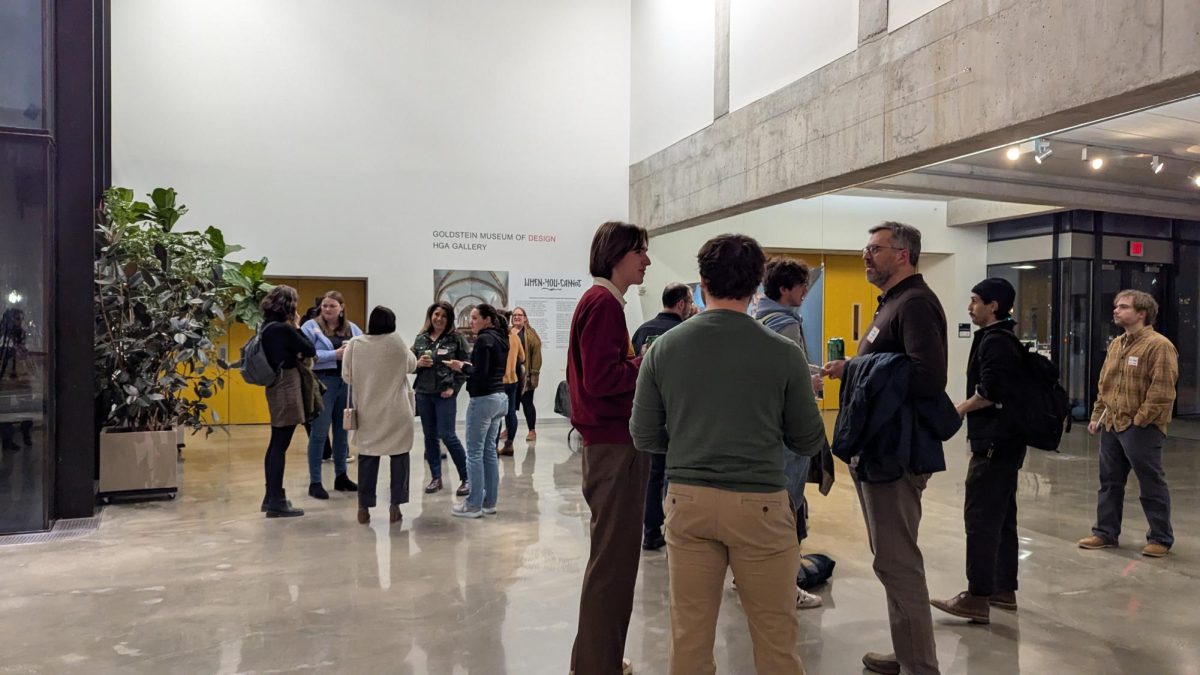



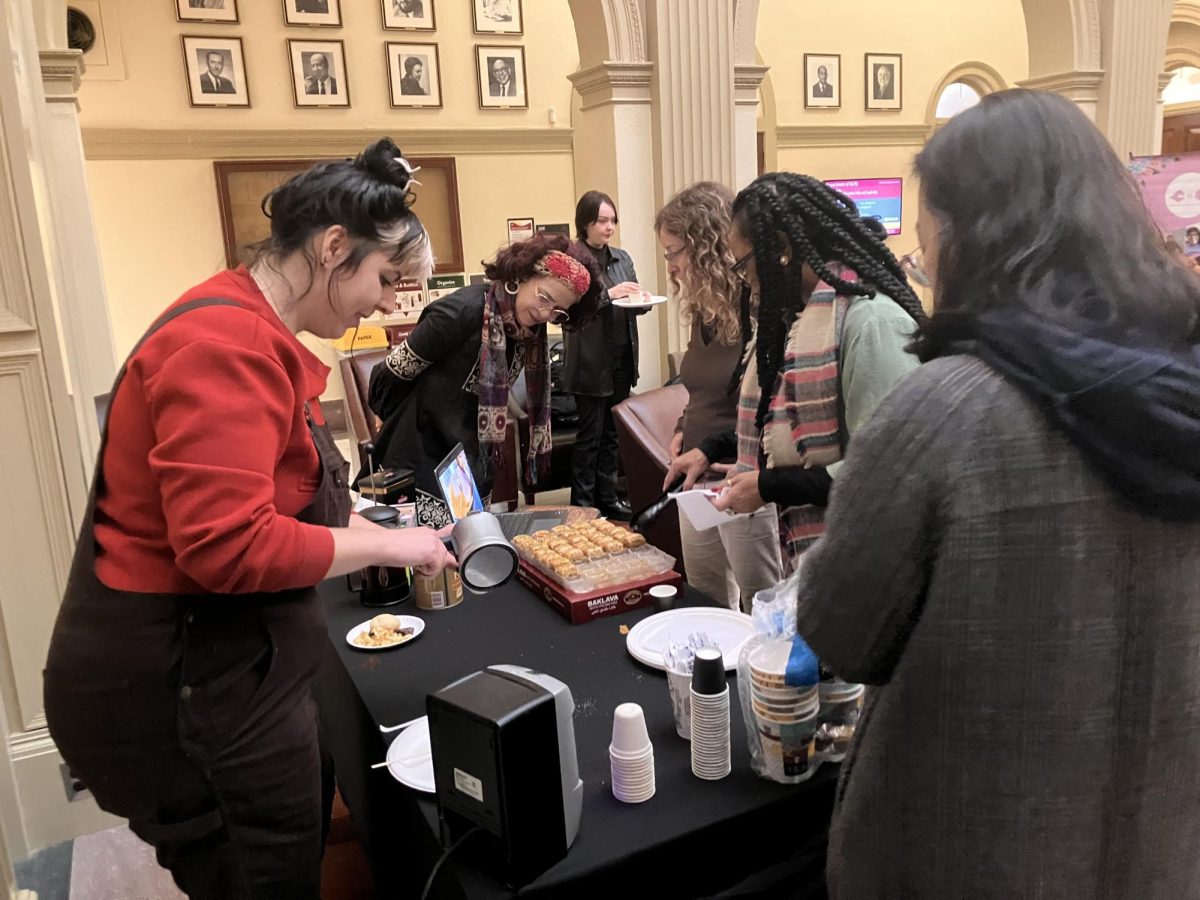


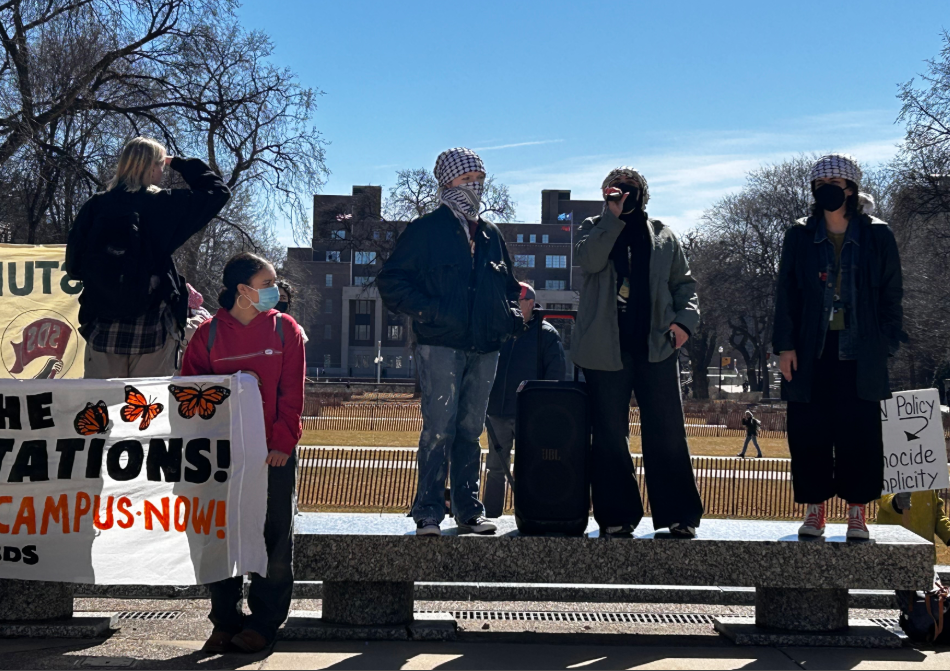

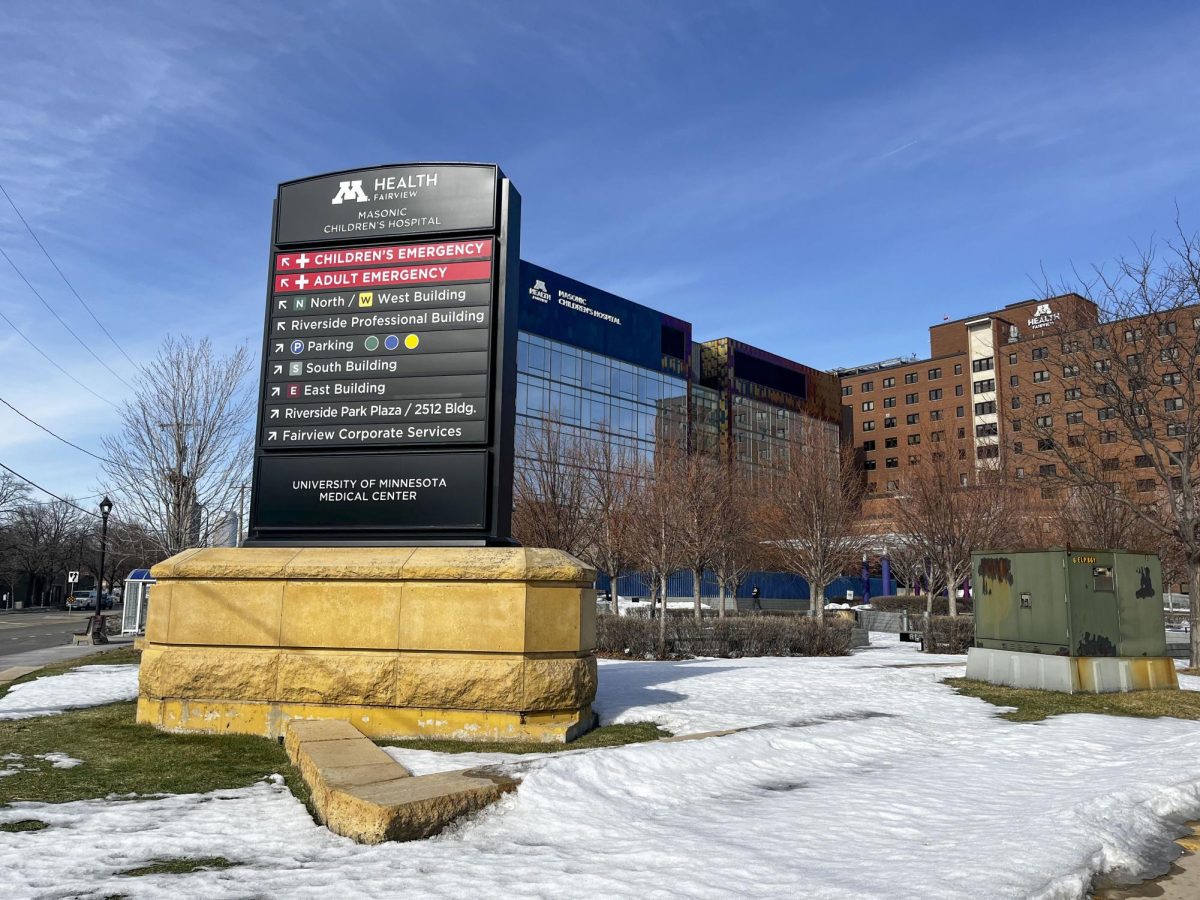
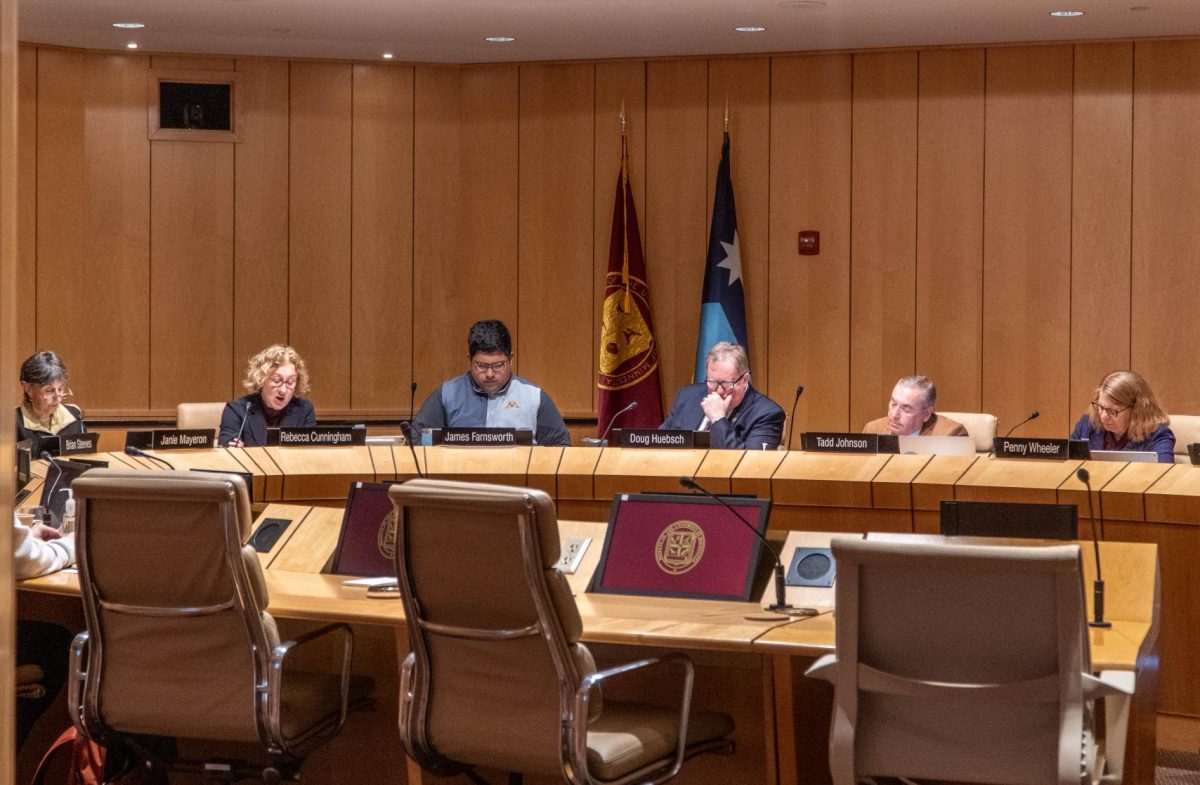

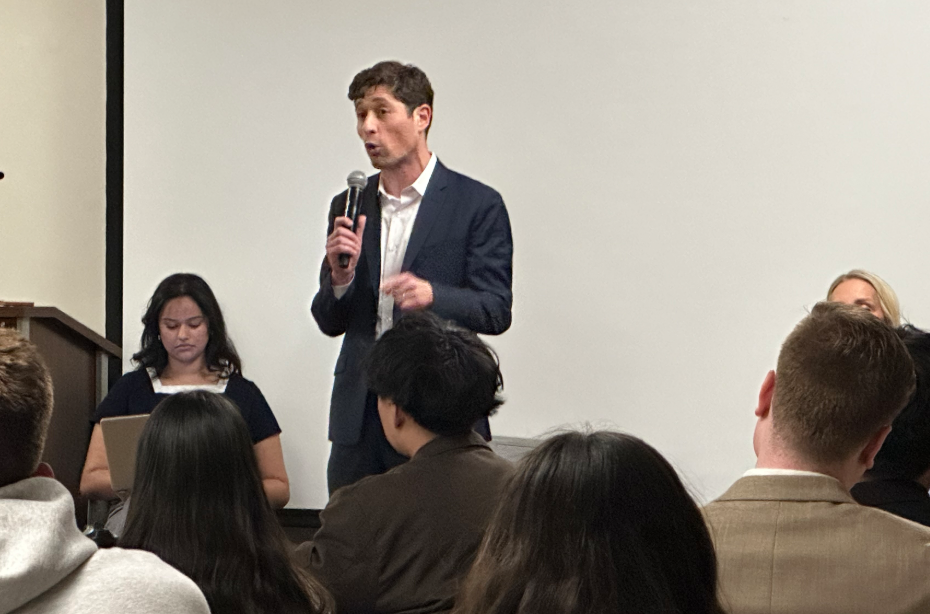
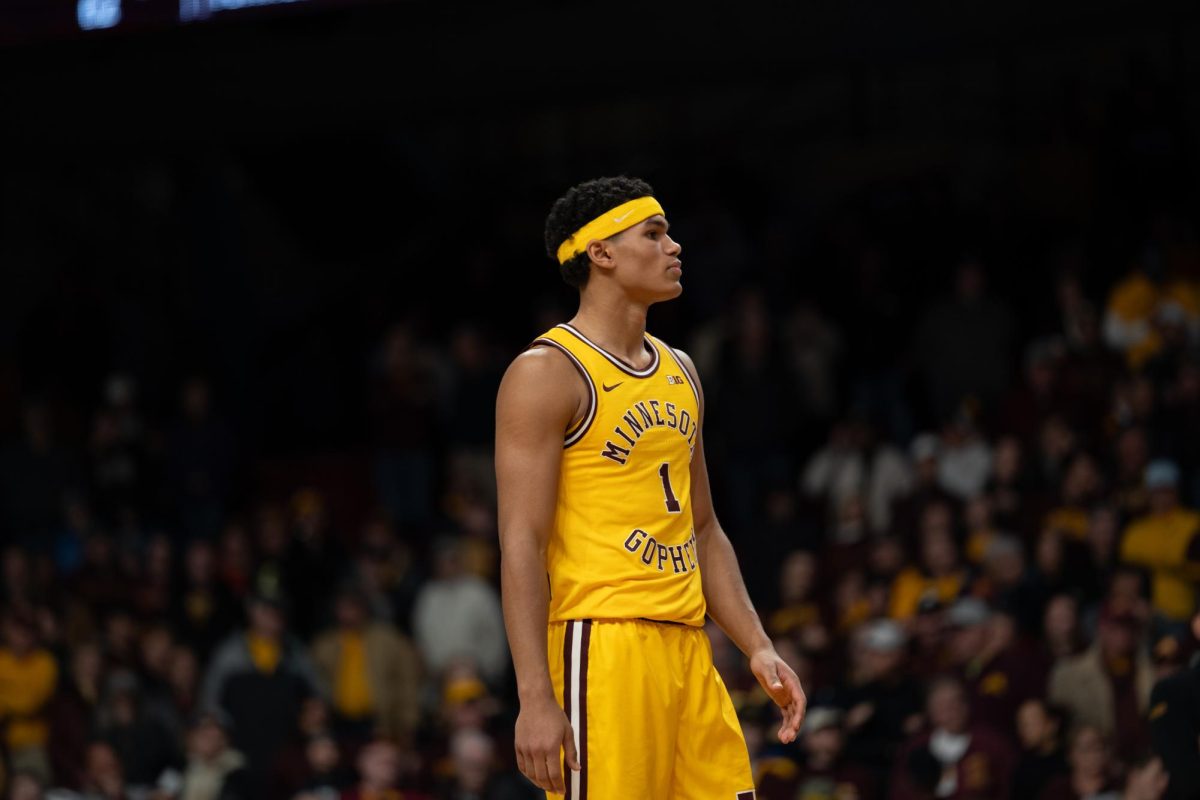
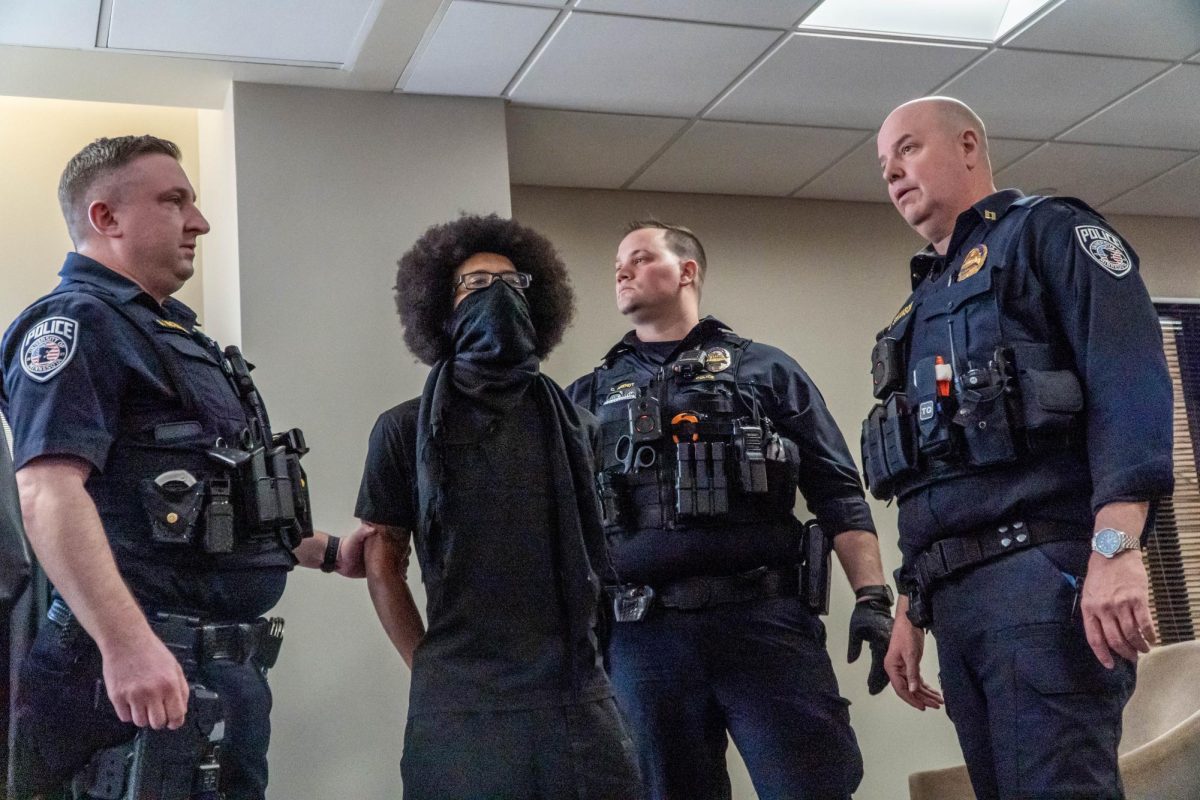
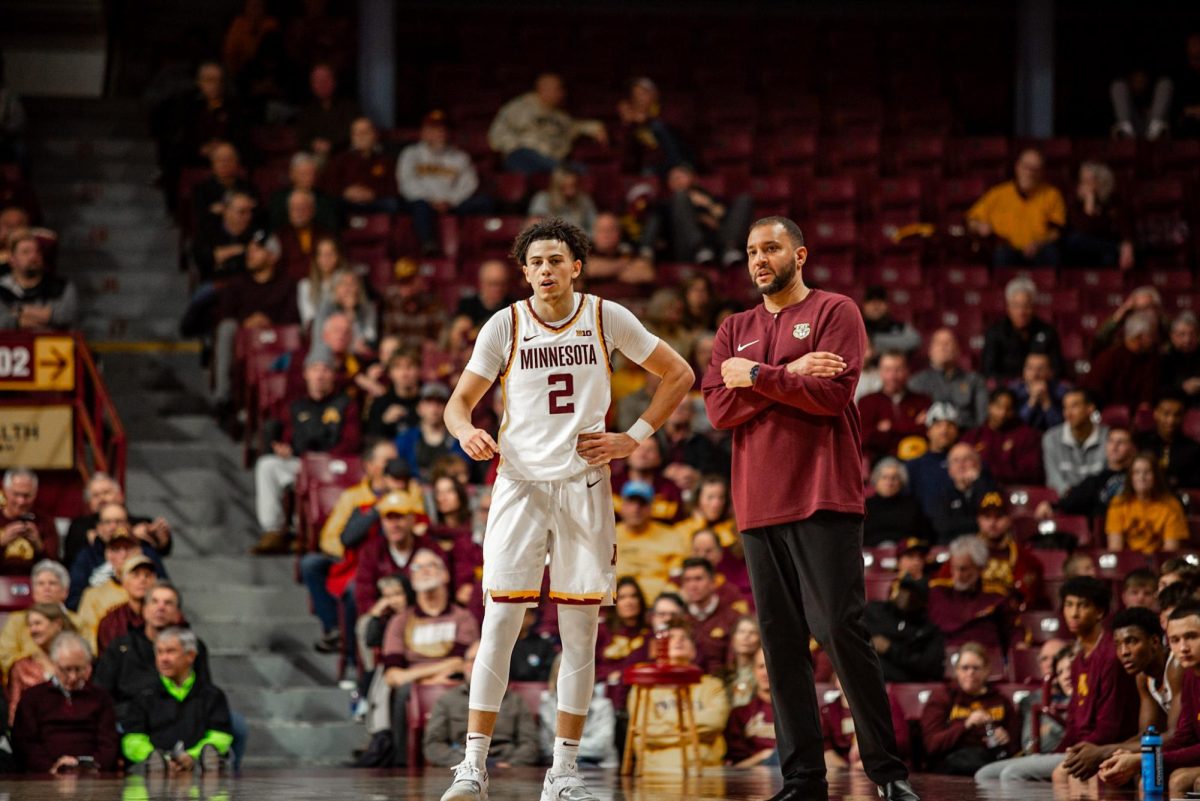

Judith Monson
Apr 9, 2024 at 9:06 am
Hearing about U students celebrating the eclipse, what a thrill, especially hearing about the ballooning team, very special! Thanks, Amirah, from an 83 year old homebound alum. Meteorologist Sven on MPR said the birds actually stopped singing during the event and the temperature dropped 10 degrees. Amazing!